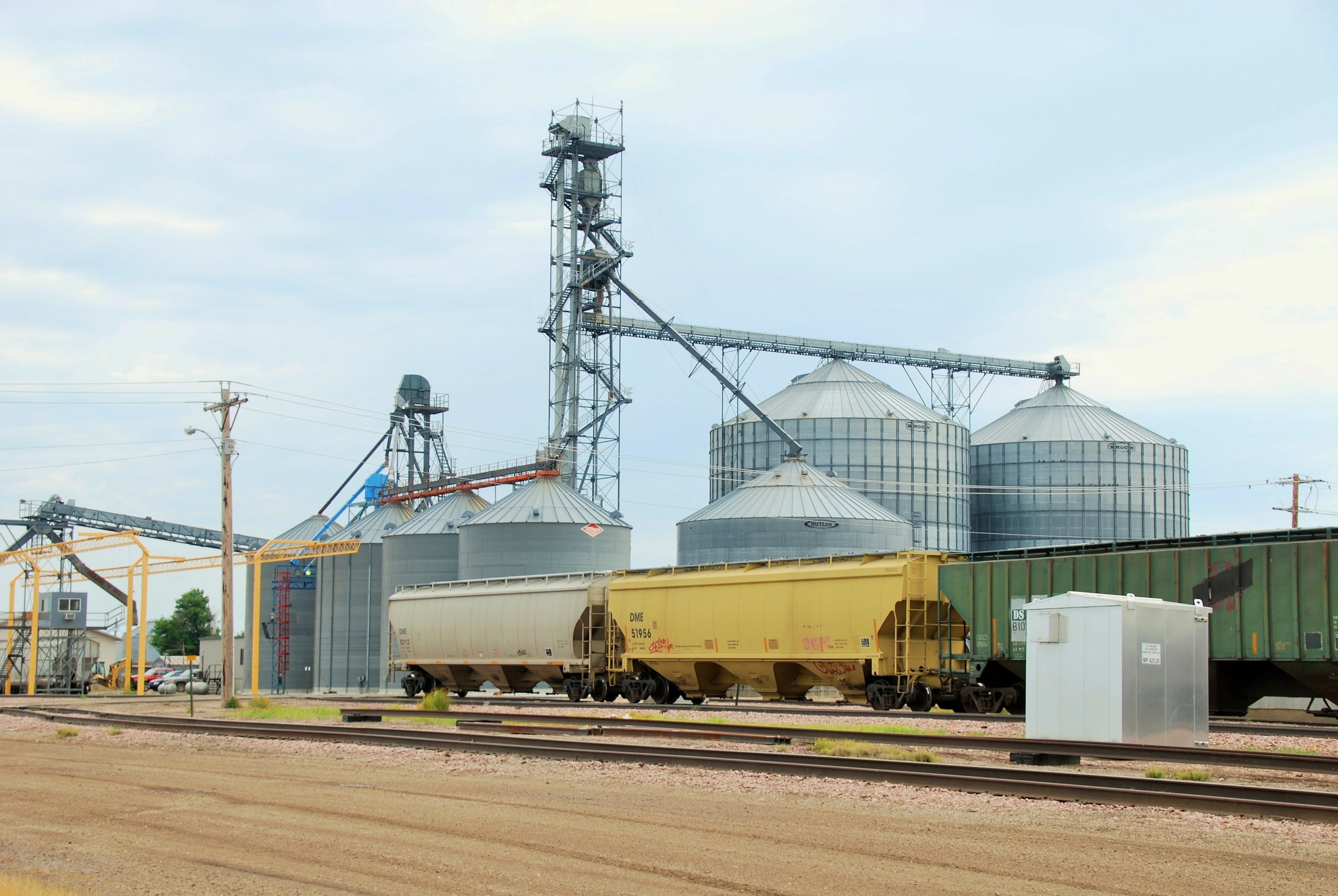Agriculture Calls on STB to Increase Rail Competition Following Executive Order
On the heels of a White House Executive Order on competition this month, a large group of agricultural shippers recently wrote to the U.S. Surface Transportation Board (STB) to advocate for several policy proposals in front of the board that can make a significant difference in increasing rail competition in transportation of wheat and other commodities.
The letter was written by a diverse grouping of agricultural organizations, including U.S. Wheat Associates (USW), that created an informal coalition, the Agricultural Transportation Working Group (ATWG), in 2003. The group meets regularly to discuss critical transportation policy issues that affect U.S. agriculture. The group also identifies policy priorities and suggests needed changes to help maintain U.S agriculture’s international competitiveness.

About 70% of U.S. wheat is transported by train from inland country elevators to domestic and export markets, so rail competition is important for the entire supply chain.
More Room for Negotiation Needed
With about 70% of U.S. wheat moving to domestic and export markets by rail, railroads provide an essential logistical function that neither farmers nor grain companies can perform on their own. Yet those shippers are often “captive” because they lack economic alternatives to a single railroad.
The letter specifically encouraged STB to enable “competitive switching” (see below for more information) and urged “the Board to finalize other regulations … to provide rail customers greater ability to negotiate prices and challenge unreasonable rates and fees.” The letter points out that “fees are increasingly becoming a larger source of revenue for railroads and expense for their customers.” Click here to read more about how rail rates affect U.S. wheat export basis.
The President’s Executive Order was particularly broad and focused on proposals to increase competition in many industries, with the transportation portion including rail competition and maritime initiatives, stating that “robust competition is critical to preserving America’s role as the world’s leading economy … inaction has contributed to these problems, with workers, farmers, small businesses, and consumers paying the price.”
“Competition is critical to the health of the rail industry and the significant role rail serves in the larger economy, and this Executive Order will help focus attention on these important issues.” – Surface Transportation Board Chairman Martin J. Oberman
The Order explicitly states that agencies like the STB and Federal Maritime Commission (FMC) can influence the conditions of competition through their exercise of regulatory authority. In addition to the competitive switching rule, the STB has the latitude to propose or finalize other options such as bottleneck rate rules and Final Offer Rate Review – for which USW has advocated – both of which would start to tip the scales in favor of a level playing field for rail shippers.
Opposition Anticipated
While the rail industry will almost certainly oppose any changes to the current regulatory model that affects rail competition, executive pressure and political initiative may encourage the STB majority to act on these proposals (click here to read STB Chairman Martin J. Oberman’s statement on the President’s Executive Order). Many industry watchers are even speculating that the focus on increasing competition and attention on consolidation will factor into the STB’s consideration of the proposed Canadian National Railways purchase of Kansas City Southern Railroad – something the USW Wheat Transportation Working Group is closely watching.
In USW’s mission “to enhance wheat’s profitability for U.S. wheat producers and its value for their customers,” a potential solution may be found in the President’s directive if it indeed does rebalance the relationship between railroads and their customers.
By Michael Anderson, USW Market Analyst
“Competitive switching” is a policy proposal in which a rail customer such as an inland country grain elevator could seek bids for service from nearby competing railroads even if the customer is not located directly on the competing railroad’s track. It is designed to inject competition into what is otherwise a captive transportation market, where many rail customers, especially grain elevators, have direct access to only a single freight railroad, leaving them with little to no bargaining power over shipping rates. Freight rail reform advocates who have sought such policies for a long time are enthusiastically looking to the President’s “Promoting Competition in the American Economy” executive order to add momentum to the call for greater competition.


